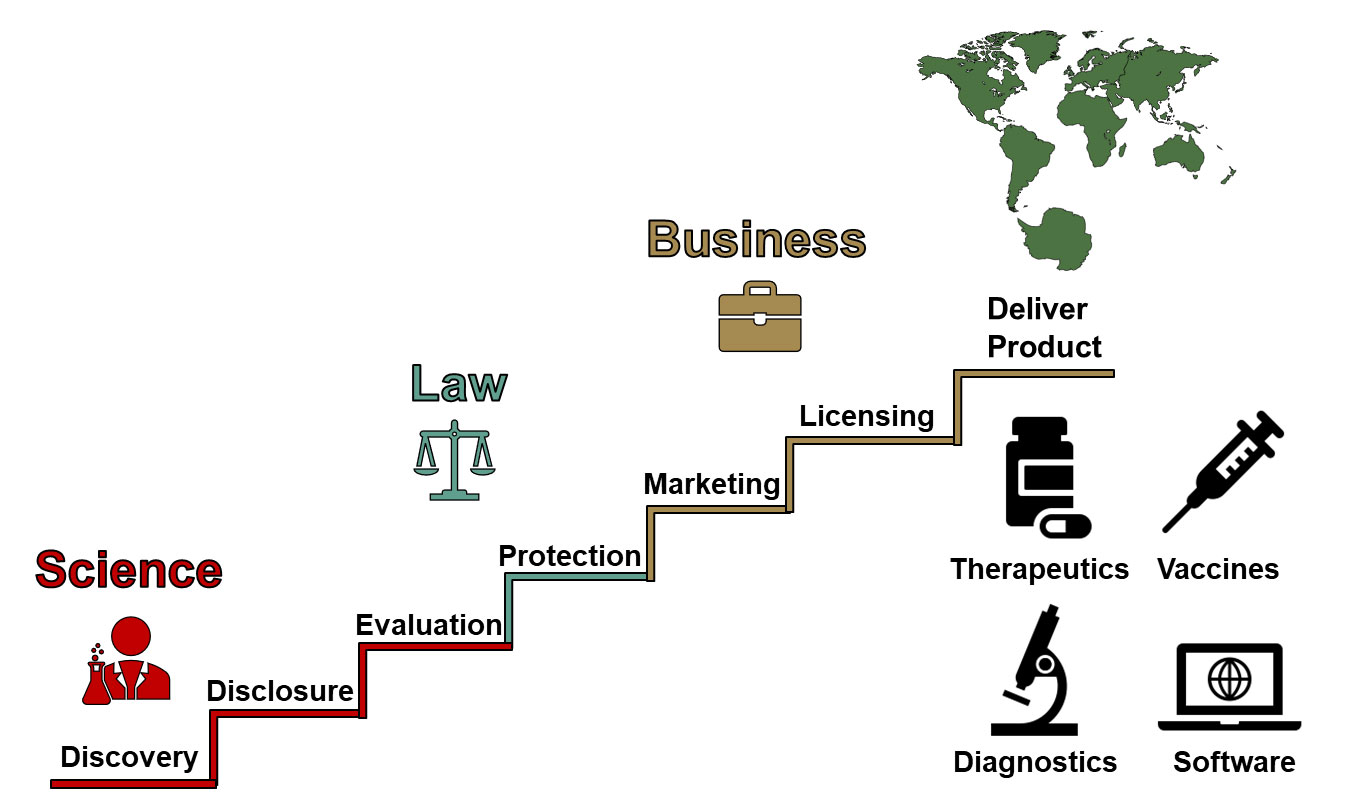
Piattran Expands Public Transportation Services to DeWitt County
Introduction
Piattran, the public transportation provider based in Piatt County, announced plans to extend its services to DeWitt County starting July 1, 2024. This expansion was communicated to the DeWitt County Board in October 2024 and aims to address the growing need for accessible public transportation in the region.
Service Details and Coverage
- Areas Served: Clinton, Farmer City, Wapella, and surrounding communities in DeWitt County.
- Service Type: Door-to-door, demand-response rides.
- Eligibility: Open to the general public regardless of age or ability.
- Purpose: Transportation for medical appointments, work, shopping, and social visits.
Organizational Commitment
Tim Gadbury, Director of Piattran, expressed enthusiasm about the partnership with DeWitt County, emphasizing the agency’s commitment to meeting diverse transportation needs. Gadbury stated, “Whether you’re a senior, someone without a vehicle, or just looking for a more convenient way to get around, we’re here to help.”
Transition from Previous Provider
Piattran will assume routes formerly covered by Show Bus, whose services are set to expire at the end of June 2024. This transition ensures continuity of public transportation services for DeWitt County residents.
Alignment with Sustainable Development Goals (SDGs)
SDG 3: Good Health and Well-being
- By providing reliable transportation to medical appointments, Piattran supports improved health outcomes and access to healthcare services.
SDG 8: Decent Work and Economic Growth
- Facilitating transportation to workplaces enhances employment opportunities and economic participation for residents.
SDG 10: Reduced Inequalities
- Offering services regardless of age or ability promotes social inclusion and reduces transportation barriers for vulnerable populations.
SDG 11: Sustainable Cities and Communities
- Expanding public transit options contributes to sustainable urban development by reducing reliance on private vehicles and lowering environmental impact.
SDG 17: Partnerships for the Goals
- The collaboration between Piattran and DeWitt County exemplifies effective partnerships to achieve sustainable development objectives.
Conclusion
The expansion of Piattran’s public transportation services into DeWitt County represents a significant step toward enhancing mobility, accessibility, and sustainability in the region. By aligning with multiple Sustainable Development Goals, this initiative supports health, economic growth, social equity, and environmental sustainability for the community.
1. Sustainable Development Goals (SDGs) Addressed or Connected
- SDG 3: Good Health and Well-being
- Access to transportation for medical appointments supports health services accessibility.
- SDG 9: Industry, Innovation, and Infrastructure
- Development and expansion of public transportation infrastructure.
- SDG 10: Reduced Inequalities
- Providing transportation services to seniors, people without vehicles, and those with disabilities promotes social inclusion and reduces inequalities.
- SDG 11: Sustainable Cities and Communities
- Enhancing public transport to improve accessibility and convenience within communities.
2. Specific Targets Under Those SDGs Identified
- SDG 3 – Target 3.8: Achieve universal health coverage, including access to quality essential health-care services.
- Transportation to medical appointments facilitates access to health services.
- SDG 9 – Target 9.1: Develop quality, reliable, sustainable, and resilient infrastructure.
- Expansion of Piattran’s public transportation services to new areas.
- SDG 10 – Target 10.2: Empower and promote the social, economic, and political inclusion of all.
- Providing transportation regardless of age or ability promotes inclusion.
- SDG 11 – Target 11.2: Provide access to safe, affordable, accessible, and sustainable transport systems for all.
- Door-to-door, demand-response rides for various needs.
3. Indicators Mentioned or Implied to Measure Progress
- Indicator for SDG 3.8: Proportion of population with access to essential health services.
- Implied by availability of transportation for medical appointments.
- Indicator for SDG 9.1: Passenger-kilometers traveled by public transport per capita.
- Implied by the expansion of routes and service area coverage.
- Indicator for SDG 10.2: Proportion of people living below 50% of median income who have access to public transport.
- Implied by service availability to seniors, people without vehicles, and persons with disabilities.
- Indicator for SDG 11.2: Proportion of population that has convenient access to public transport.
- Implied by door-to-door, demand-response service availability.
4. Table of SDGs, Targets, and Indicators
| SDGs | Targets | Indicators |
|---|---|---|
| SDG 3: Good Health and Well-being | Target 3.8: Achieve universal health coverage, including access to quality essential health-care services. | Proportion of population with access to essential health services (implied by transportation to medical appointments). |
| SDG 9: Industry, Innovation, and Infrastructure | Target 9.1: Develop quality, reliable, sustainable, and resilient infrastructure. | Passenger-kilometers traveled by public transport per capita (implied by expansion of routes and service area). |
| SDG 10: Reduced Inequalities | Target 10.2: Empower and promote the social, economic, and political inclusion of all. | Proportion of people living below 50% of median income who have access to public transport (implied by inclusive service availability). |
| SDG 11: Sustainable Cities and Communities | Target 11.2: Provide access to safe, affordable, accessible, and sustainable transport systems for all. | Proportion of population that has convenient access to public transport (implied by door-to-door demand-response service). |
Source: theclintonjournal.com







